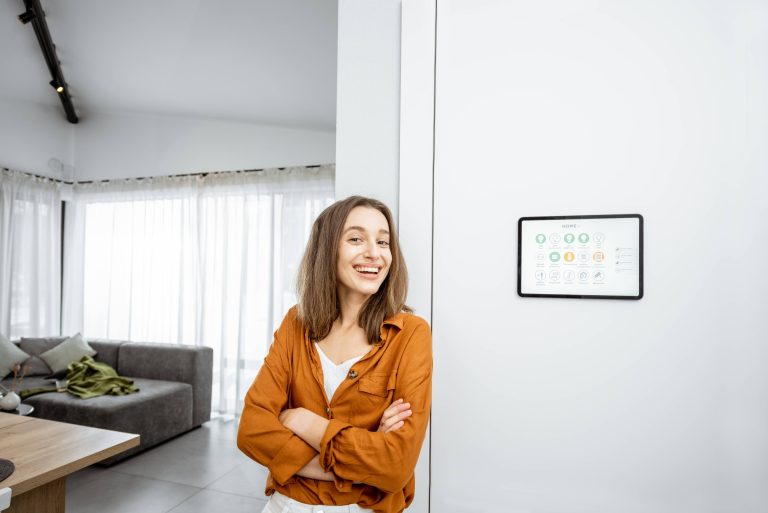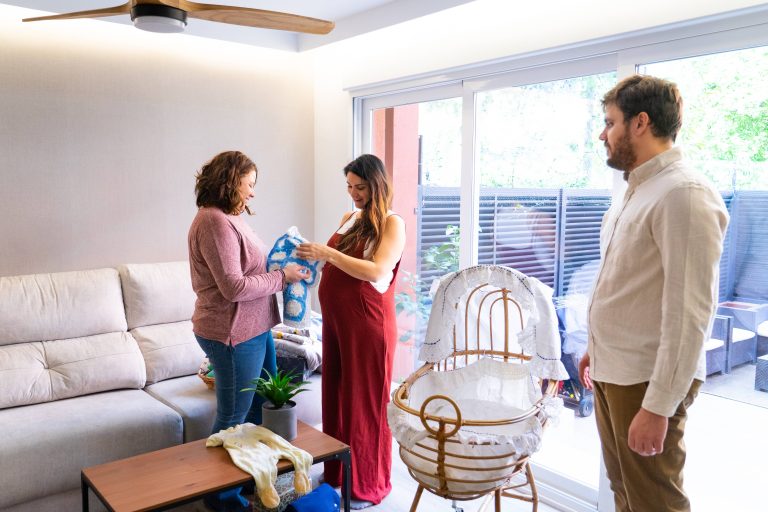
In an era of heightened consumerism and endless options, it’s easy for our homes to become cluttered and chaotic. Whether it’s a drawer bursting with old cables and outdated electronics or a closet overflowing with clothes, clutter can quickly take over, leaving us feeling overwhelmed. Not only does clutter create physical chaos, but it also affects our psychological state, often leading to stress and anxiety. Understanding the profound negative impact of clutter on our lives is the first step toward achieving a clutter-free environment. However, knowing where and how to start can be daunting. Fear not, as this step-by-step guide will walk you through the decluttering process for every room in your home.
Step 1: Set Clear Goals
Before you jump into decluttering, it’s essential to define what you want to achieve. Ask yourself: What is my primary motivation for decluttering? What do I want each space to feel and look like once I’m done? By setting clear and realistic goals, you’ll have a roadmap to guide your efforts and keep you motivated throughout the process.
Step 2: Gather Your Supplies
You don’t need much to declutter, but having a few essential supplies ready can make the process more efficient. Gather trash bags for items to discard, boxes or bins for donations, a notepad for jotting down any items you’ll need to replace, and basic cleaning supplies for tidying up as you go.
Step 3: Start Small and Specific
Begin with a small, specific area to avoid feeling overwhelmed. Focusing on a single drawer, cabinet, or corner can provide a quick sense of accomplishment that motivates you to tackle larger spaces. For instance, start with the infamous junk drawer in your kitchen or the cluttered area of your home office.
Step 4: Apply the Four-Box Method
A tried-and-true technique for decluttering is the Four-Box Method. Have four boxes labeled: Keep, Donate, Trash/Recycling, and Relocate. As you go through each item, decide which box it belongs in. It’s crucial to handle each item only once to maintain efficiency.
1. Keep: Only keep items that are useful, necessary, or spark joy.
2. Donate: Pick items that are in good condition but no longer serve you.
3. Trash/Recycling: Dispose of broken, expired, or unusable items responsibly.
4. Relocate: Items that belong in another part of the house.
Step 5: Declutter Room by Room
Let’s break down the decluttering process room by room:
Kitchen
– Start with countertops, which can become clutter magnets. Store appliances you use less frequently in cabinets.
– Sort through food storage containers and match lids to bowls. Discard mismatched or stained containers.
– Check your pantry for expired items and group similar items together for better organization.
– Organize your cabinets and drawers, grouping similar items, and make use of drawer dividers and shelf risers.
Living Room
– Look at your shelves and coffee table. Remove items that don’t serve a purpose or bring joy.
– Sort through your book collection and donate titles you don’t plan to read.
– Organize your media collection, considering digital storage solutions for movies and music.
– Untangle cords and declutter your electronics setup by getting rid of unused tech gadgets.
Bedroom
– Start with the surface of nightstands and dressers. Minimize decorative pieces and ensure essentials are accessible.
– Move on to your closet. Go through your clothing and apply the one-year rule: if you haven’t worn it in the past year, consider donating or recycling.
– Use storage solutions, like under-bed bins and closet organizers, to keep the space tidy.
Bathroom
– Empty each drawer and examine toiletries, discarding items that are expired or unused.
– Check your medicine cabinet for expired medications and dispose of them properly.
– Organize your cleaning supplies and keep only what you regularly use.
Home Office
– Begin with the desk surface, removing clutter and non-essentials.
– Go through your paperwork, shredding or recycling documents no longer needed. File or scan important papers.
– Dispose of broken or obsolete office supplies and electronics.
Step 6: Create a Maintenance Plan
Once you’ve completed your decluttering process, it’s crucial to establish a plan to maintain a clutter-free home. Set a regular schedule for quick decluttering sessions to prevent buildup, such as dedicating 10 minutes every evening or setting aside an hour each week. Embrace the one-in-one-out rule, where for every new item that comes in, an old one goes out.
Step 7: Embrace Minimalism
Decluttering is not a one-time event but a lifestyle shift. Consider adopting more minimalist principles in your day-to-day life. Be intentional about your purchases, focusing on quality over quantity, and prioritize experiences over possessions.
Conclusion
Decluttering is a journey toward creating a more serene and functional living space. With clear goals, strategic planning, and a commitment to maintenance, you can transform your home into a peaceful retreat free from the stress and chaos of clutter. Remember, it’s not about achieving perfection but cultivating an environment that supports your best life. Happy decluttering!













